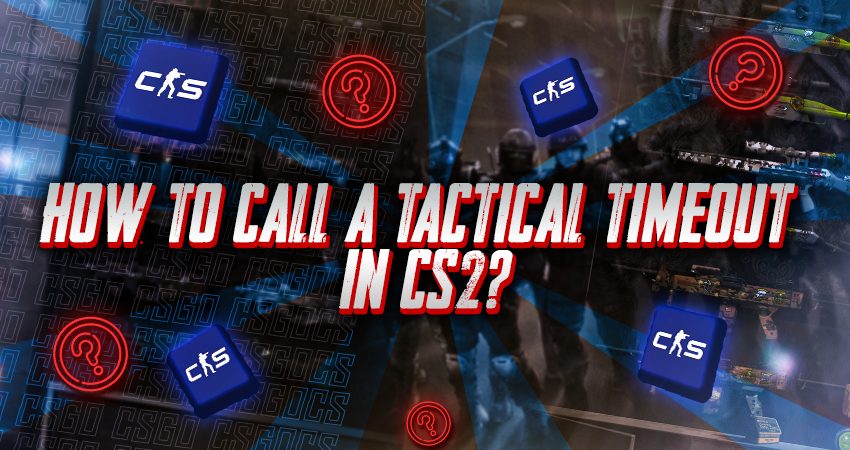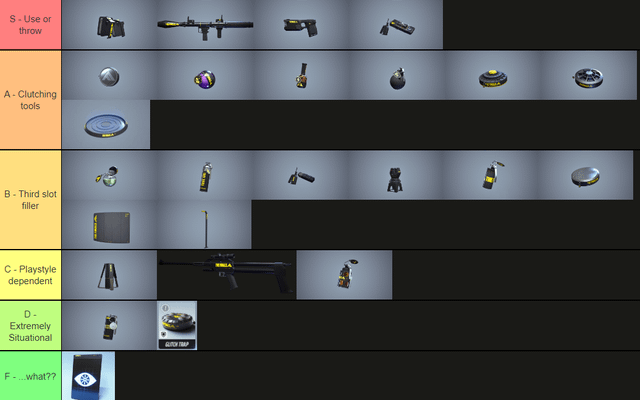The Silent Sideline: Is CS2's New Coach Rule a Tactical Nuke?

Alright, XenGamer faithful. Static here. For those who don't know me, I used to sling AWP shots back in the Counter-Strike: Source days, grinding through CAL-Invite in '10. Good times. Life happened, the reflexes faded (a little), and I hung up my virtual boots. But I never left the game entirely. Now, I spend my time coaching up-and-coming CS talent, trying to instill some old-school tactical sense in these young bloods.
And that brings me to the elephant in the CS2 room: the new coach ruleset. Valve's decided to heavily restrict coach movement and communication during rounds, fundamentally changing how coaches can impact the game. Is it a stroke of genius that'll elevate the scene, or a tactical nuke that'll leave teams scrambling for cover? Let's break it down.
A tense moment on Dust2 in Counter-Strike: Source, circa 2010. Back then, coaches had significantly more influence than they do in today's CS2.
The CS2 Coaching Cage: What Exactly Changed?
Let's be crystal clear about the CS2 Coach Rule Changes. Gone are the days of coaches roaming the map, providing real-time feedback and essentially acting as a sixth player. In CS:GO, coaches had a relatively free rein during the freezetime and could even move around the map during rounds to observe and analyze. Now? Not so much.
The new rules largely confine coaches to a designated area behind their team. Communication during live rounds is almost entirely prohibited; that mid-round pep talk or strategic adjustment is now a thing of the past. Tactical timeouts, always a crucial element, are now scarcer and even more precious. This represents a stark contrast to the more permissive coaching environment in CS:GO, where coaches like Zonic could be seen passionately guiding their Astralis squad through crucial moments. It's a significant Counter-Strike 2 Coaching Controversy.
The Case For the Silent Sideline: Player Empowerment or Wishful Thinking?
Valve's rationale is that these changes promote greater player autonomy and in-game leadership. The idea is that by stripping away some of the coach's strategic control, you force players to step up, make their own decisions, and develop their own in-game leadership skills. There’s some logic there. We’ve all seen those teams that rely too heavily on their coach, becoming almost robotic in their execution.
The argument goes that limiting coach intervention will create more dynamic and unpredictable gameplay. Think about it: more clutch moments, more individual brilliance, more raw skill expression. You know, the kind of stuff that makes highlight reels. Some pros, like s1mple and ZywOo, have even publicly supported the changes, suggesting it elevates the importance of individual skill and clutch potential. The thought is that stars will shine brighter when they're not constantly being directed from the sidelines.
 The new CS2 rules place greater emphasis on the In-Game Leader, who now needs to take on more strategic responsibilities.
The new CS2 rules place greater emphasis on the In-Game Leader, who now needs to take on more strategic responsibilities.
The Dark Side of Silence: Strategic Depth Sacrificed?
But here’s where I start to have my doubts. While the idea of player empowerment sounds good on paper, I worry about the potential consequences, particularly for newer teams and developing players. I'm observing the CS2 Coaching Strategy Impact.
One of my biggest concerns is the potential loss of strategic depth. Counter-Strike, at its core, is a strategic game. It's about outthinking your opponent, anticipating their moves, and executing well-planned strategies. A good coach can be invaluable in developing and refining these strategies, especially for teams that are still finding their footing.
By limiting coach communication and movement, you risk reducing the game to a series of individual duels. While individual skill is undoubtedly important, it shouldn't come at the expense of strategic nuance. Furthermore, the reduced number of tactical timeouts directly impacts a coach's ability to course-correct during a match. This limits the potential to adapt to the opponent's strategies, especially in best-of-three series.
Coaches like Zonic (ex-Astralis) and B1ad3 (Na'Vi) have voiced similar concerns, arguing that the lessened strategic impact of a coach could be detrimental to the competitive scene. The sentiment seems to be that CS2 Coach Restrictions Debate harms gameplay.
 Coaches such as Zonic have expressed worries about the strategic impact of the new coaching rules in CS2.
Coaches such as Zonic have expressed worries about the strategic impact of the new coaching rules in CS2.
The Long Game: Impact on Teams, Players, and Viewers
So, what’s the long-term impact of these changes going to be? It's tough to say for sure, but here are a few potential scenarios:
- Team Compositions: We might see a shift towards teams built around experienced IGLs (In-Game Leaders). Teams will need players who can not only frag well but also make smart, strategic decisions under pressure. Teams might prioritize IGLs over pure aimers.
- Player Development: The new ruleset will likely force players to develop their in-game leadership skills earlier in their careers. This could be a good thing in the long run, as it encourages players to think more critically about the game. The Counter-Strike 2 Coach Role Evolution forces this to occur.
- Viewership Experience: The impact on viewership is less clear. On one hand, more chaotic gameplay could lead to more exciting moments and unexpected upsets. On the other hand, the absence of clear strategic direction might make the game harder to follow for casual viewers. There is the risk that the change could elevate the importance of fragging over strategic nuance, changing the very appeal of the game.
 An intense in-game moment from CS2. Will the new rules increase the frequency of such moments, or lead to a more chaotic experience?
An intense in-game moment from CS2. Will the new rules increase the frequency of such moments, or lead to a more chaotic experience?
Adapting to the New Meta: Coaching in the CS2 Era
As a coach working with amateur teams, I'm trying to adapt to the new reality. More time is being spent before matches developing strategies and teaching players how to make calls and adapt on the fly. I'm finding new ways to instill core principles during practice sessions. The new emphasis is on empowering players to think for themselves rather than simply relaying instructions.
 An amateur CS2 team in a training session, learning to adapt to the new coaching limitations.
An amateur CS2 team in a training session, learning to adapt to the new coaching limitations.
Your Turn: Sound Off, XenGamers!
So, what do you think about the new coach ruleset in CS2? Are they a step forward for the competitive scene, or a misguided attempt to fix something that wasn't broken? I'm genuinely curious to hear your thoughts.
Head down to the comments section and let me know what you think. Are these CS2 Coach Restrictions Debate justified? Do you think the changes are beneficial or detrimental to the game and its competitive scene? Jump over to the XenGamer forums and start a discussion. Let's hash this out and see if we can make sense of this brave new CS2 world together.
 A call to action: XenGamer readers are encouraged to share their opinions on the new CS2 coaching rules in the comments and forums.
A call to action: XenGamer readers are encouraged to share their opinions on the new CS2 coaching rules in the comments and forums.
Ultimately, only time will tell if these changes are ultimately good for CS2. It's a bold move by Valve, and it's going to be fascinating to see how the scene adapts.